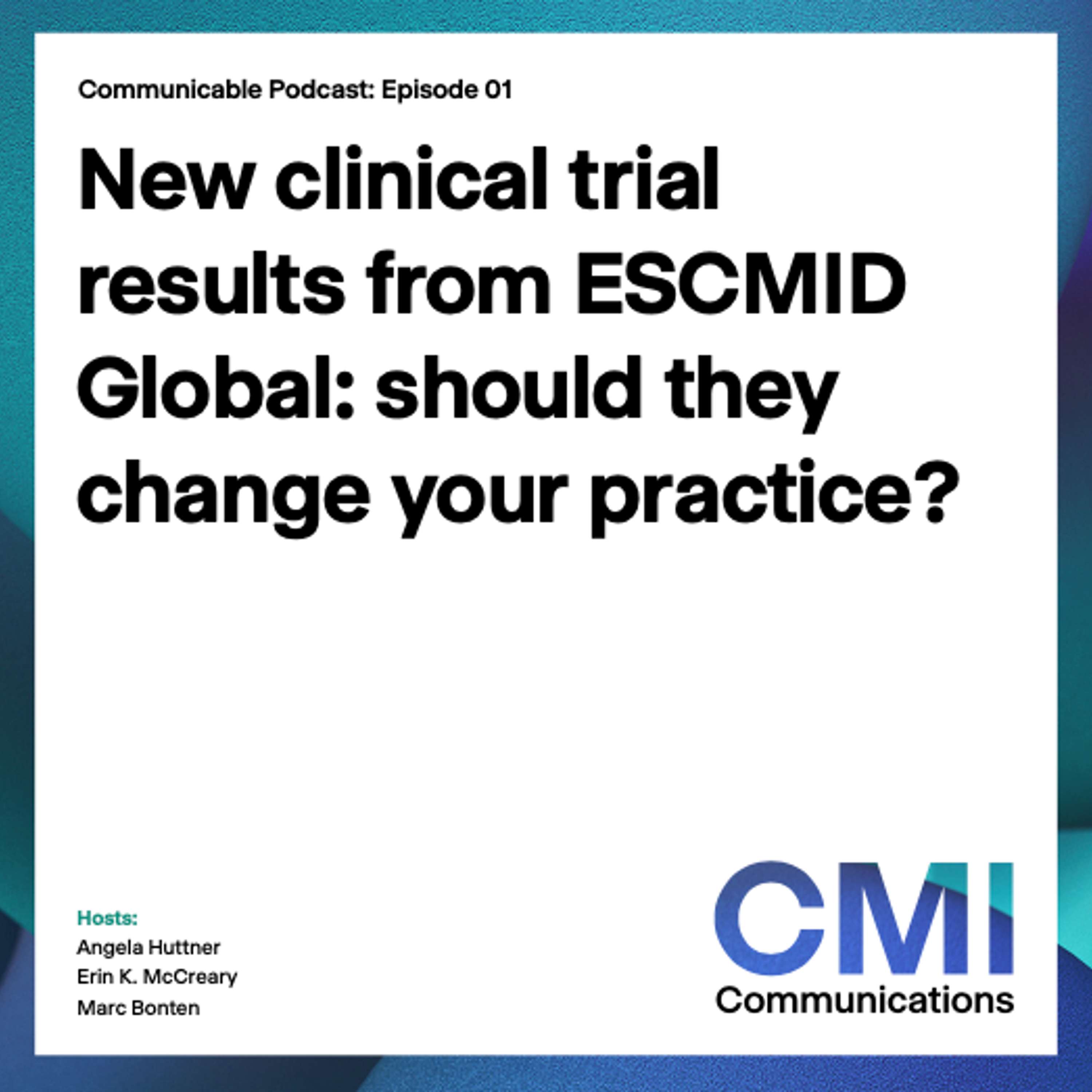Communicable E8 - The Nightmare Series, part 1: How to deal with Candida auris
Description
Only known to us since 2008, Candida auris is an emerging fungal pathogen spreading quickly around the world; alarmingly, it is most commonly found in healthcare settings. C. auris sets itself apart from other Candida species with its unique tolerance to high saline and temperature environments and propensity to develop antifungal resistances that promote its survival in hospitals and healthcare facilities.
Hosts Emily McDonald and Navaneeth Narayanan are joined by fungal experts Dr. Jeffrey Rybak (St. Jude, Memphis TN) and Dr. Graham Snyder (UPMC, Pittsburgh PA) on their quest to better understand C. auris infections, the clinical challenges and knowledge gaps in C. auris research and discuss measures for prevention and containment on the levels of both the patient and the institution.
The recent emergence of C. auris as a multidrug-resistant nosocomial pathogen and its global prevalence has raised more questions than answers. Why now? Why healthcare facilities? Does climate change play a role? Are humans to blame? Tune in to find out what the experts have to say on these questions, and stay to learn about the current therapies available, what is in the antifungal pipeline and how to approach treatment from a stewardship standpoint.
This episode was produced by Angela Huttner, edited by Kathryn Hostettler and peer-reviewed by Dr. Claudio Neidhöfer of University Hospital Bonn, Germany.
Literature
Satoh K, Makimura K, Hasumi Y, et al. Candida auris sp. nov., a novel ascomycetous yeast isolated from the external ear canal of an inpatient in a Japanese hospital. Microbiol Immunol. 2009 Jan;53(1):41-4. doi: 10.1111/j.1348-0421.2008.00083.x
Lee WG, Shin JH, Uh Y, et al. First three reported cases of nosocomial fungemia caused by Candida auris. J Clin Microbiol. 2011 Sep;49(9):3139-42. doi: 10.1128/JCM.00319-11
Pfaller MA, Diekema DJ, Turnidge JD, et al. Twenty Years of the SENTRY Antifungal Surveillance Program: Results for Candida Species From 1997–2016. OFID. 2019 March;6(S1): S79–S94. doi: 10.1093/ofid/ofy358
Lockhart SR, Etienne KA, Vallabhaneni S, et al. Simultaneous Emergence of Multidrug-Resistant Candida auris on 3 Continents Confirmed by Whole-Genome Sequencing and Epidemiological Analyses. Clin Infect Dis. 2017 Jan 15;64(2):134-140. doi: 10.1093/cid/ciw691.
Clancy CJ, Nguyen MH. Emergence of Candida auris: An International Call to Arms. Clin Infect Dis. 2017 Jan 15;64(2):141-143. doi: 10.1093/cid/ciw696
Rybak JM, Cuomo CA, Rogers PD. The molecular and genetic basis of antifungal resistance in the emerging fungal pathogen Candida auris. Curr Opin Microbiol. 2022 Dec;70:102208. doi: 10.1016/j.mib.2022.102208


















